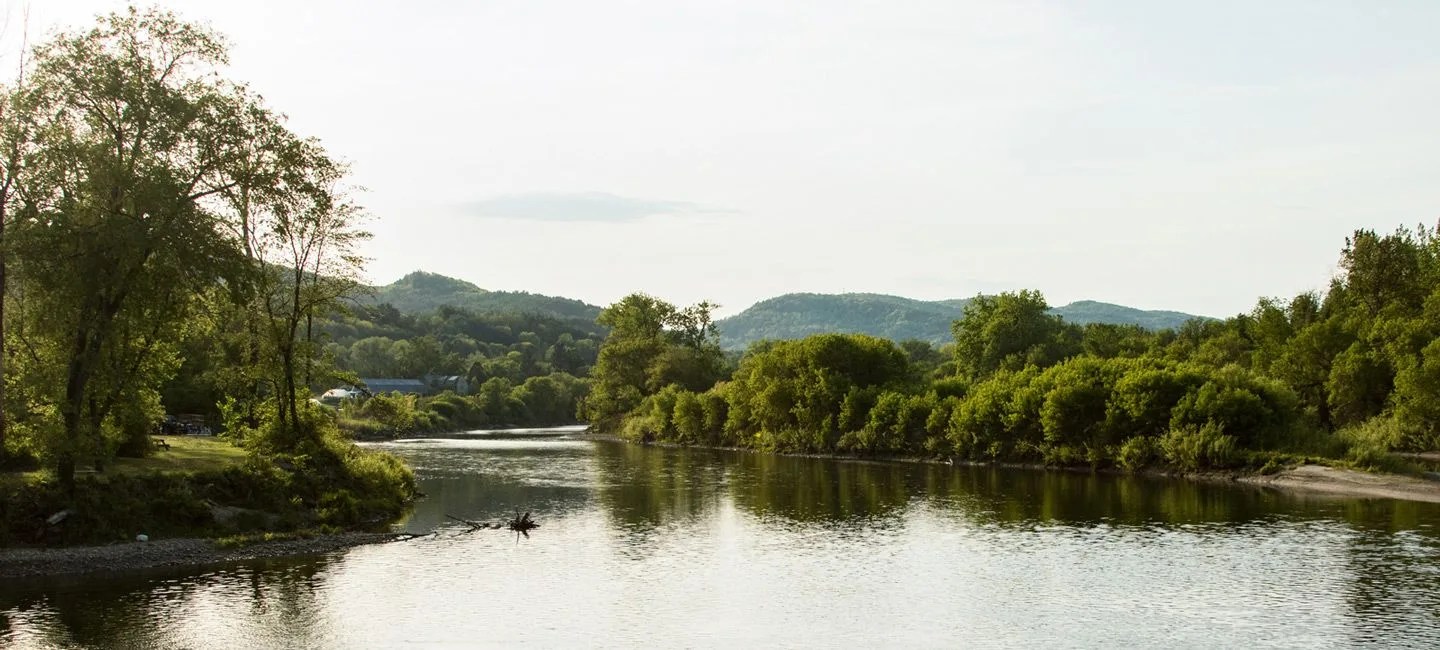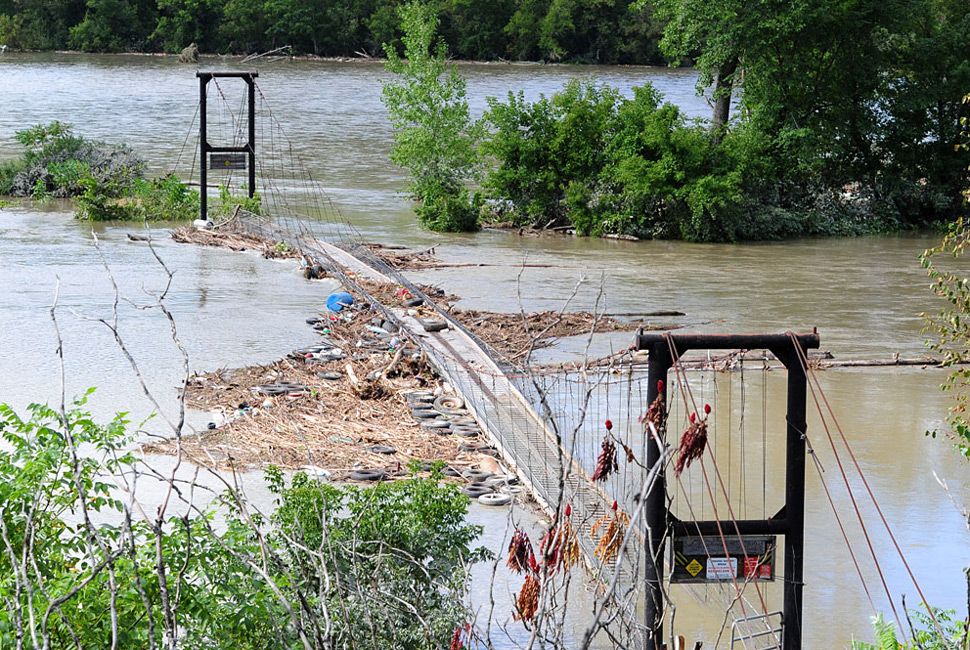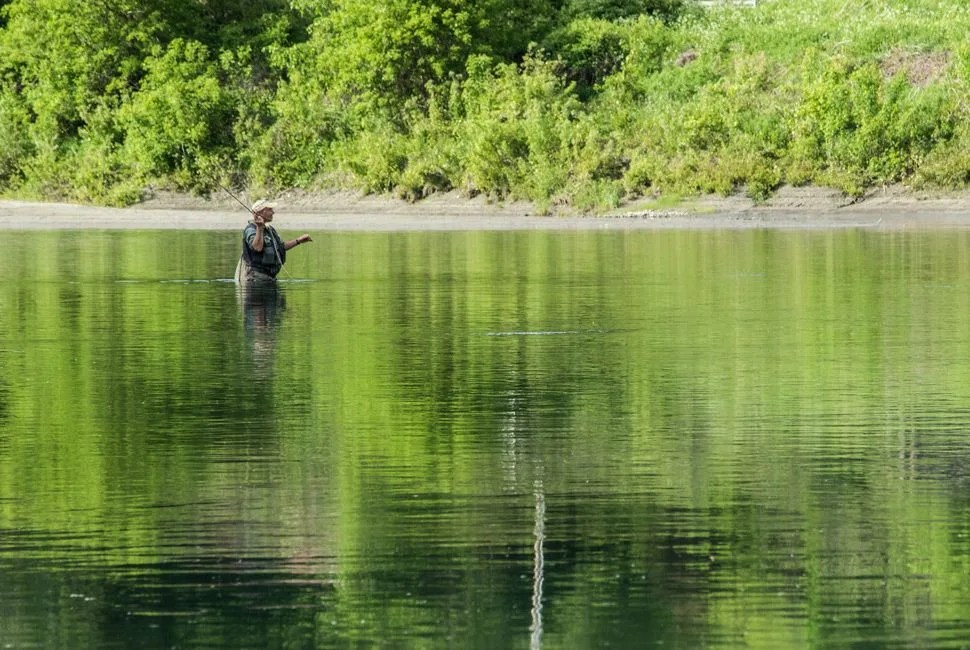The White River is a heart. Fed by three major headwater arteries, it winds its way through the lazy hills of Central Vermont, feeding a lush valley that stretches nearly 60 miles from its source at Skylight Pond to where it joins the Connecticut River on the border of Vermont and New Hampshire. I grew up on this river. Along the miles of twisting, tumbling water, I cut my teeth, refining my cast, perfecting my display.
Over the years, specific stretches of the river became quiet angling companions to which I returned season after season. The pool below the old dam ringed with swirling eddies taught me how to coax fat brown trout from the depths. The white-haired riffle where the river jackknifed showed me how to tempt rainbows with streamers and nymphs. In the afternoons, I shaded myself beneath a stand of silver birches that leaned out over the green water.
But Mother Nature had big plans for the White. By the time Hurricane Irene reached Vermont in August of 2011, it had been downgraded to a tropical storm. The high winds that had accompanied it when it made initial landfall had dissipated, but it brought rain, and lots of it. According to information from the Vermont Agency of Natural Resources, Irene dropped three to five inches of rain in roughly 24 hours. Some areas reported rainfall up to seven inches.
The result for the White was disastrous.
In studied streams and river sections, scientists reported native trout populations were reduced to 33 to 58 percent of pre-flood levels.
In less than a day, the river became an unstoppable leviathan. It ripped apart its banks, stripping them of vegetation. It expanded into flats and farmland, scooping up homes and vehicles as it went. It destroyed countless roads and bridges, leaving communities stranded and cut off. A flood gauge marked water levels at 10.4 feet above the flood stage, the second highest on record.
In the weeks following the flood, the state of Vermont assessed that the flood had damaged 500 miles of state roads and compromised 200 bridges. Over 2,000 segments of municipal roads were destroyed. Hazardous waste spills reported to the state increased by a factor of 14. 17 wastewater treatment facilities reported compromised operations.


